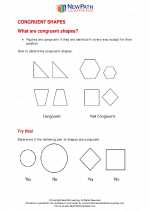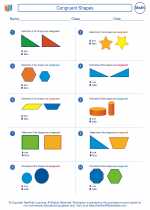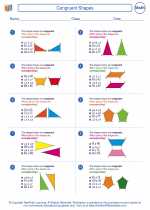Understanding Precession
Definition
Precession is the phenomenon where the axis of rotation of an object gradually changes direction as a result of an external force or torque.
Causes of Precession
There are several factors that can lead to precession, including:
- Torque: The application of an external force or torque can cause the axis of rotation to change direction.
- Gravity: Gravitational forces acting on a rotating body can also induce precession.
- Applied Forces: External forces applied to a spinning object can result in precession.
Examples of Precession
Precession can be observed in various natural and engineered systems, such as:
- Earth's Rotation: The gradual change in the orientation of the Earth's axis over time is a classic example of precession, known as axial precession.
- Gyroscopes: The behavior of gyroscopes, which can maintain a stable orientation despite external forces, is a result of precession.
- Spinning Tops: The wobbling motion of a spinning top is due to precession.
Mathematical Formulation
The precession of a spinning object can be described using mathematical equations that take into account the applied torque, angular momentum, and moment of inertia of the object.
Real-World Applications
Precession has practical implications in various fields, including:
- Navigation: Understanding the precession of gyroscopes is crucial for navigation systems in aircraft, spacecraft, and ships.
- Astronomy: Precession affects the orientation of the Earth's axis, leading to phenomena such as the changing pole star over long periods of time.
- Engineering: Engineers utilize the principles of precession in the design of stability control systems and inertial navigation devices.
◂Math Worksheets and Study Guides Fifth Grade. Congruent Shapes
Study Guide Congruent Shapes
Congruent Shapes  Worksheet/Answer key
Worksheet/Answer key Congruent Shapes
Congruent Shapes  Worksheet/Answer key
Worksheet/Answer key Congruent Shapes
Congruent Shapes  Worksheet/Answer key
Worksheet/Answer key Congruent Shapes
Congruent Shapes 

 Worksheet/Answer key
Worksheet/Answer key
 Worksheet/Answer key
Worksheet/Answer key
 Worksheet/Answer key
Worksheet/Answer key

The resources above cover the following skills:
Geometry (NCTM)
Analyze characteristics and properties of two- and three-dimensional geometric shapes and develop mathematical arguments about geometric relationships.
Identify, compare, and analyze attributes of two- and three-dimensional shapes and develop vocabulary to describe the attributes.
Explore congruence and similarity.